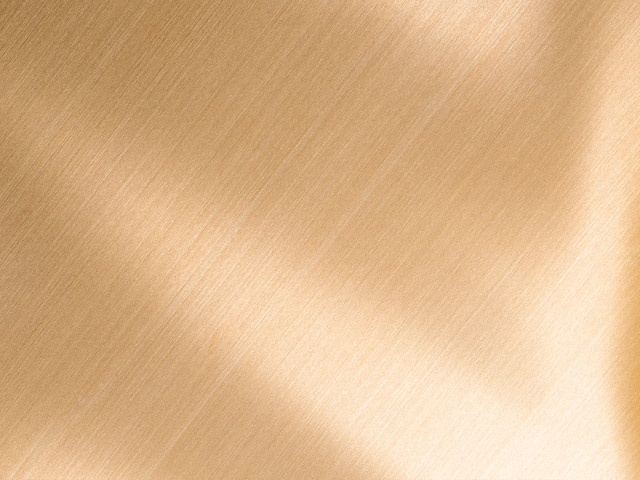Metals have been part of man’s daily life since the ancient times. Today, it’s present everywhere from within the pavement you’re walking on to the electronics inside the computer you are reading this article from. It’s hard to imagine a world without metal. Most people, however, know little about how these metals emerged in the first place, where they came from, and how they were manufactured.
There are a number of methods for manufacturing metal supplies. The oldest and still practiced today is casting. It involves melting and purifying metal and pouring it into a mold. As demands for metal evolve year after year so is metalworking. New techniques with higher efficiency and better results have emerged. One of these new and more efficient techniques is extrusion.
What is extrusion?
Extrusion is a metalworking technique that involves the application of high pressure on a metal billet through a die that has a smaller opening and a differently-shaped cross-section. The die is made of a metal that is harder and tougher than the metal to be extruded through it to ensure that it will remain unchanged whether the process is cold or hot working.
Types of Extrusion
Many builders and artisans prefer extrusion for a number of reasons. It produces top surface quality and precision, and it is much faster than other metalworking techniques. To meet even more definitive and intricate specifications, extrusion has been developed into different specifications. Here are the different types of extrusion still practiced today.
-
Cold Extrusion
When extrusion is performed while the metal billet is at room or near room temperature, the process is called cold extrusion. Because the metal billet hasn’t undergone severe chemical change, the resulting material is expected to have not experienced oxidation, has high strength, closer tolerances, and better surface finish. Materials that are commonly cold extruded include copper, aluminum, and steel. The best examples of products of cold extrusion are collapsible tubes, fire extinguisher cases, shock absorber cylinders, and gear blanks.
-
Hot Extrusion
When extrusion is performed while the billet is about its recrystallization temperature, the process is called hot extrusion. At this temperature, the metal is no longer solid and is easier to push through the die. Unfortunately, because the billet is soft, it requires proper treatment to accurately achieve the desired shape and cross-section. One disadvantage of hot worked metal is that it may not be as compact as cold worked metals.
-
Warm Extrusion
Heating the metal at a temperature halfway between the room temperature and recrystallization point produces extrusion of satisfying quality. This type of extrusion is called warm extrusion. This method could work for both ferrous and non-ferrous metals. Products of warm extrusion are expected to have proper balance of toughness and ductility.
If you go to your local metal supply store, you’ll find tubes and pipes of unconventional cross-sections and shapes. These are most likely products of extrusion. Not all metal extrusions, however, have the same quality. Those offered by top suppliers like Rotax Metals are very likely to be of the most desirable quality. So if you are looking to purchase brass extrusions or even bronze bars, make sure to turn to the right supplier.




